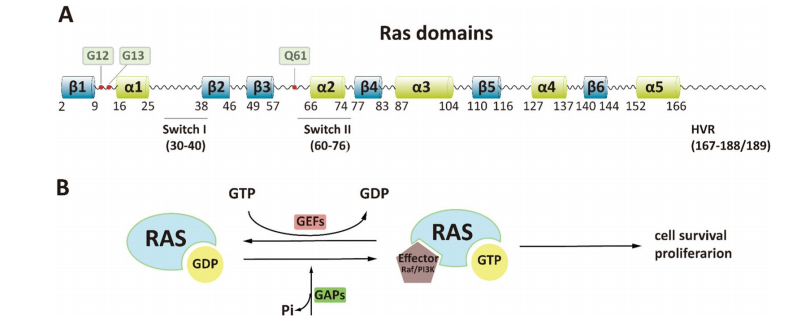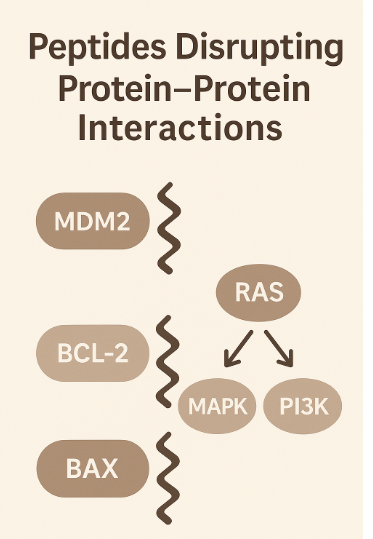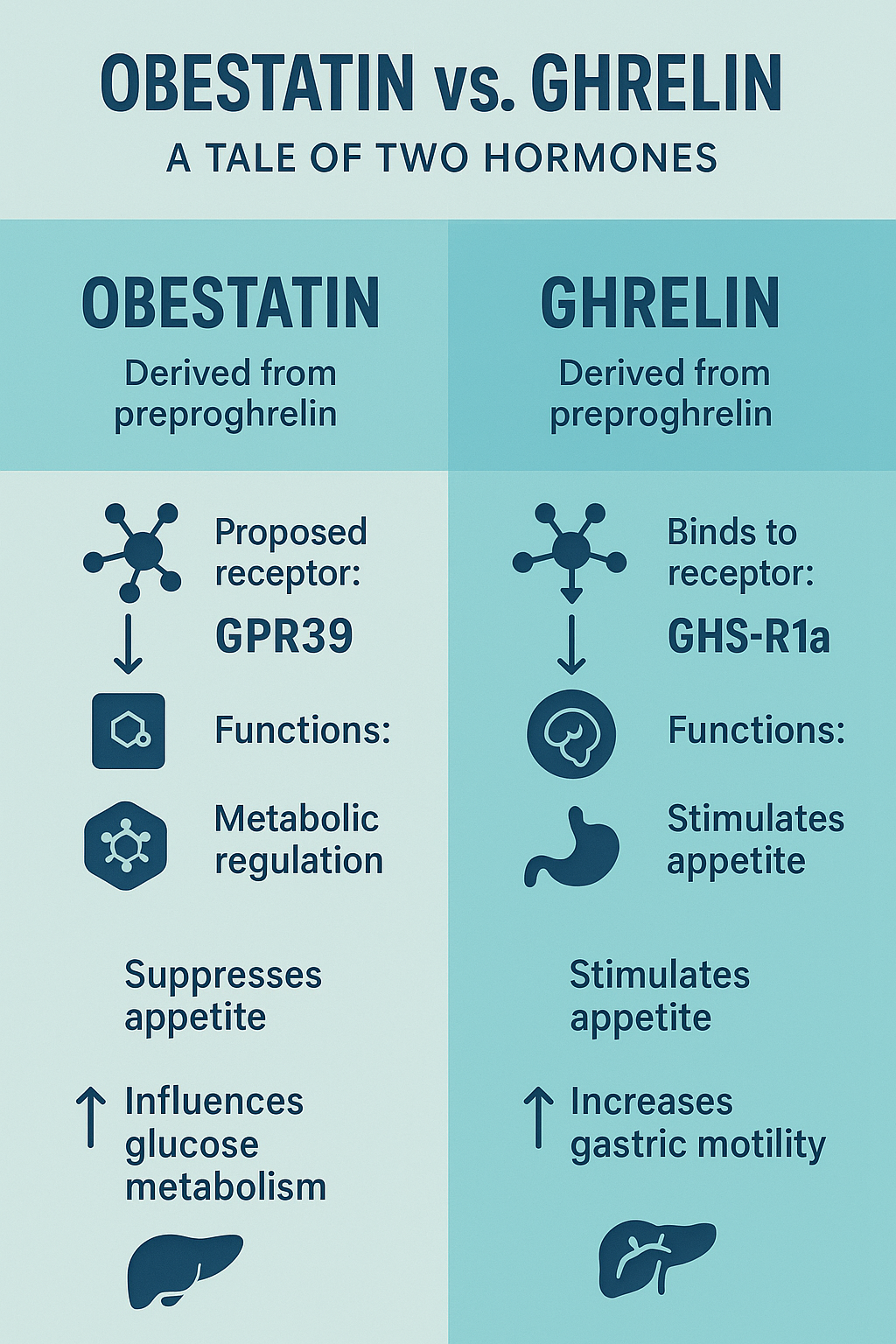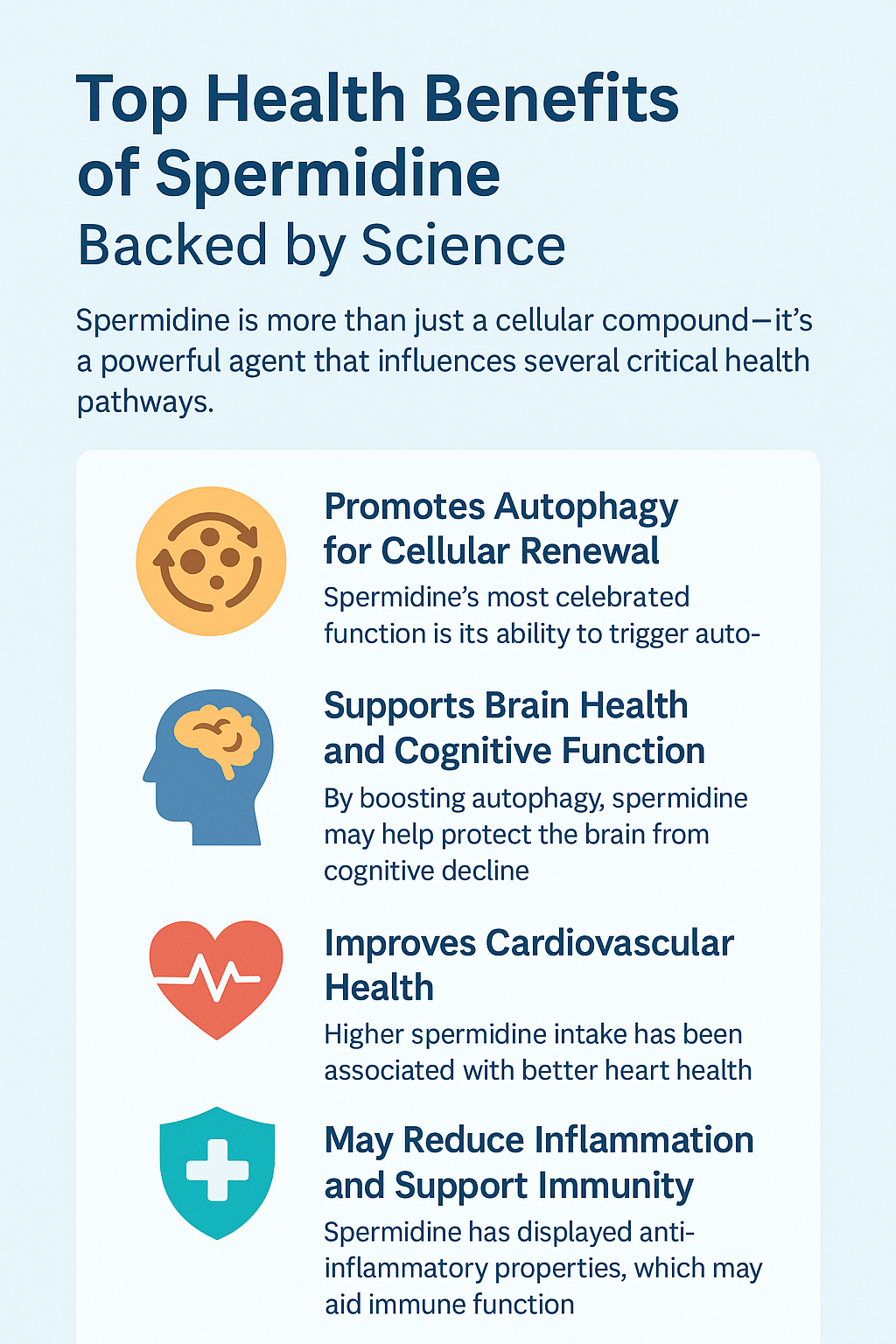Is Finerenone a Boon for Diabetic Kidney Disease Patients?
Abstract
Finerenone, the first NSAID-selective salt corticosteroid receptor antagonist shown to reduce the cardiovascular risk of type II diabetes mellitus with chronic kidney disease, also offers new options and hope for patients.
Current status of diabetes data
In recent years, with the continuous improvement of people’s material living standards, the number of people with diabetes worldwide is also risen year by year. According to data released by the International Diabetes Federation, the number of adults with diabetes worldwide reaches 537 million in 2021, an increase of 74 million, or 16%, compared to 2019. The International Diabetes Federation speculates that this number will reach 783 million by 2045. Among them, diabetic kidney disease is one of the leading causes of death in people with diabetes.
For diabetic patients, if blood sugar is not strictly controlled, it may lead to the emergence of corresponding complications, such as diabetic chronic kidney disease induced by various factors and conditions. The diabetic kidney is a global health management problem, and currently, it is estimated that the global population reaches 135 million. Diabetic nephropathy is characterized clinically by progressive proteinuria and a decline in kidney function, with abnormal kidney function, and if not controlled and treated promptly, patients are likely to develop chronic renal failure soon, seriously affecting their quality of life. And at this stage, diabetic nephropathy may also induce other types of complications, such as hypertension, edema, and so on, which will also lead to patients gradually losing confidence in the treatment process, and even giving up treatment. Therefore, for patients with diabetic nephropathy and chronic kidney disease, it is a very important treatment measure to actively improve proteinuria, protect kidney function and avoid further deterioration of kidney function.
As one of the serious complications of diabetes, patients with chronic kidney disease also need to strictly control blood sugar in daily life, maintain a healthy diet as well as take medication on time to effectively avoid the further development of diabetic nephropathy.
Patients with chronic kidney disease, may all have the experience that with the gradual decline of kidney function, it is too difficult to choose the medication! After the kidney function declines, especially after the glomerular filtration rate decreases, urine protein increases, and creatinine level gradually rises, to protect the kidney function, it is necessary to regulate these indicators, and it is also necessary to strengthen the control of blood pressure and blood sugar, and at the same time, it is necessary to consider the risk of high blood potassium that may occur in the process of drug control, as well as the impact of drug excretion process obstructed due to renal insufficiency, in such a situation, the drugs that can be In such cases, there is a lack of drugs available and the therapeutic effect is often difficult to guarantee.
What is fenelidone?
Finerenone, a new “first-in-class” drug, is a new drug option for chronic kidney disease patients with type II diabetes to protect renal function and reduce the risk of end-stage renal disease due to the continuous decline of glomerular filtration rate. The mechanism of action of this drug and related literature shows that Finerenone can be used not only for renal function protection in patients with chronic kidney disease but also for the treatment of heart failure and improvement of refractory hypertension.
Is “aldosterone” important for health?
Before we introduce the drug Finerenone, let us explain the importance of “aldosterone” for health. Aldosterone is a salt corticosteroid in the human body, mainly secreted by the adrenal cortex, which promotes the absorption of sodium and secretion of potassium ions, thus maintaining a normal electrolyte balance. Physiological studies have shown that aldosterone acts through the salt corticosteroid receptor, and when the salt corticosteroid receptor is overly hyperactive, aldosterone can promote inflammation and fibrosis, which can have adverse effects on many aspects of the heart, brain, kidney, and blood vessels.
And basic research has confirmed that excessive activation of salt corticosteroid receptors can cause endothelial dysfunction, fibrinolytic disorders, oxidative stress, accelerated cardiovascular and renal fibrosis, and also lead to myocardial remodeling and myocardial fibrosis, therefore, the impairment of cardiac and renal functions are closely related to the excessive activation of aldosterone receptors. The aldosterone receptor antagonist class of drugs, by inhibiting the activation of salt corticosteroid receptors, can inhibit the inflammatory response and fibrosis, thus protecting cardiac and renal functions.
When it comes to aldosterone receptor antagonists, from the classical drug spironolactone to eplerenone to the newly approved Finerenone, these drugs have undergone gradual development, and their drug effects and safety have been gradually improved.
Common aldosterone receptor antagonists
Finerenone, on the other hand, is a third-generation aldosterone receptor antagonist. The first-generation aldosterone receptor antagonist, known as amiloride, is a common drug used in the treatment of heart failure patients and belongs to the steroidal class of non-selective salt corticosteroid antagonists. Therefore the drug has potassium-protective properties while inhibiting overly hyperactive glucocorticoid receptors.
Second-generation aldosterone receptor antagonists, also known as eplerenone, also belong to the steroid class of drugs, but the drug has better selectivity in the process of use and fewer adverse reactions in patients after taking the drug. However, the antagonistic effect of aldosterone receptors is not as good as that of first-generation drugs. Moreover, these two generations of drugs are not very effective in combating the progression of chronic kidney disease.
In terms of molecular structure, steroidal salt corticosteroid receptor antagonists have a flat molecular structure, passively bind to salt corticosteroid receptor proteins, have poor stability, and incompletely antagonize transcription factor aggregation caused by aldosterone-salt corticosteroid receptor complexes, and cannot completely block target organ damage caused by salt corticosteroid receptor overactivation. The new salt corticosteroid receptor antagonist Finerenone was developed based on the targeted salt corticosteroid receptor pathway and optimized through continuous structural modifications before fenceline was finally released in 2007, which took nearly 10 years to develop. Finerenone has a unique non-steroidal and highly selective innovative structure, which binds stably to the salt corticosteroid receptor protein through a large number of van der Waals forces and hydrogen bonds, and has a stronger antagonistic effect, completely antagonizing the aldosterone-salt corticosteroid receptor complex-induced transcription factor aggregation, and strongly inhibiting the over-activation of the salt corticosteroid receptor.
What are the advantages of fenelidone?
Based on the innovation of molecular structure, non-steroidal salt corticosteroid receptor antagonist Finerenone mainly induces the conformational change of salt corticosteroid receptor through its side chain, leading to the protrusion of the helix of the c-terminal activation function domain of salt corticosteroid receptor, thus affecting the recruitment of co-regulatory factors, changing the stability, nuclear translocation and activation of salt corticosteroid receptor, inhibiting the expression of downstream pro-inflammatory factors and pro-fibrotic factors, and playing an effective anti-inflammatory and anti-fibrotic effect.
From the pharmacological point of view, structural innovation brings many advantages to Finerenone. On the one hand, unlike spironolactone and eplerenone, which have unbalanced distribution in the kidney and heart, Finerenone has a 1:1 distribution in the heart and kidney, which can achieve dual renal-cardiac benefits without increasing the risk of hyperkalemia; on the other hand, compared with steroidal salt corticosteroid receptor antagonists, Finerenone has a higher selectivity and stronger affinity for salt corticosteroid receptors, no active metabolic On the other hand, compared with steroidal salt corticosteroid receptor antagonists, Finerenone has a higher selectivity and affinity for salt corticosteroid receptors, no active metabolites, and a half-life of only 2 h, suggesting a stronger clinical inhibitory effect on inflammation/fibrosis and a lower risk of sex hormone-related adverse effects and hyperkalemia.
In life, how can diabetic nephropathy patients better fight the disease?
In terms of treatment, diabetic nephropathy patients have a good new choice, so to better fight, the disease, these types of patients in ordinary life are required to pay attention to what?
In terms of diet, it is necessary to control the intake of high-protein food to avoid aggravating the kidney burden, and proper intake of high-nutrient and low-protein food can effectively slow down the degree of kidney damage. And also avoiding the intake of high sugar, high fat, and high salt food, high sugar, and high-fat food will increase the intake of sugar in the patient’s body, thus aggravating the damage of blood vessels, while high salt food will also lead to an increased burden on the kidneys, which is not conducive to the recovery of the disease.
In terms of lifestyle, you can maintain regular exercise to improve the body’s metabolism, improve the body’s insulin sensitivity and fat metabolism, effectively maintain vascular health, and to a certain extent can also slow down the progress of diabetic nephropathy. Before exercising, you can ask your doctor to choose a more suitable exercise method, and the exercise time should not be too long, half an hour is enough.
Quitting smoking and alcohol is also an important measure to prevent and control the progression of kidney damage in diabetic nephropathy. Both of these bad habits will aggravate the damage of blood vessels as well as affect the body’s metabolism, which is not conducive to the recovery of the disease.




